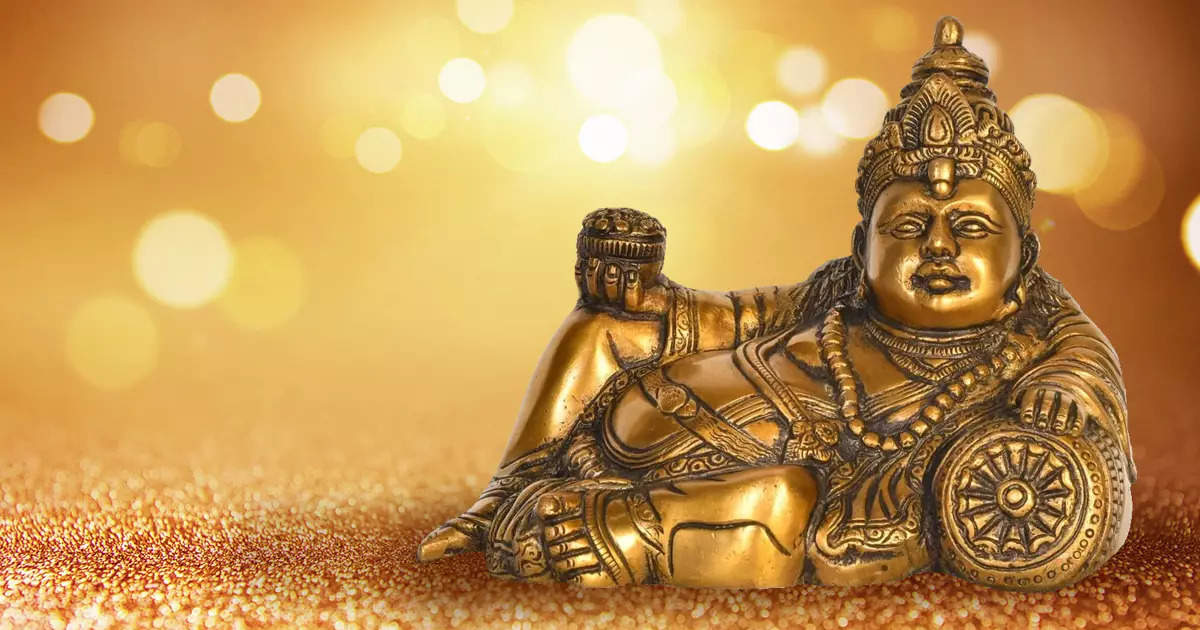
Title: who are yakshas
Introduction:
Yaksha is a type of deities in Hinduism, which are mentioned in Hindu mythology. These deities are associated with Apsaras as dancers and heroines with dancers. Yakshas are very beautiful and have excellent shape.
Yakshas are usually depicted with thick bodies and mainly animal-like. They are large and strong bodied with cute faces, small eyes, and huge ears. They often carry weapons such as a bow, trishul or mace. They are draped in bright clothes and show great liveliness and attractiveness with their makeup.
They are also known as Adinath Bhagwan, Kubera, Arvachin Yaksha, and Rakshas Vibhag. They often reside in mountainous regions and are worshiped because of their powers.
Yaksha are the main idols of religion which are installed in temples. In their form, there are idols made through various crafts, whose ideal depiction reflects their characteristics.
Hindu Dharma, one of the world's oldest religions, is a treasure trove of fascinating mythologies and mystical beings. Among these intriguing entities are the Yakshas, ethereal creatures with a deep connection to gods and humans alike. In this blog post, we will delve into the realm of Yakshas, explore their origin and significance, and unravel a captivating story that showcases their divine interactions.
Yakshas: Guardians and Benevolent Beings
In Hindu mythology, Yakshas are celestial beings associated with nature, fertility, wealth, and protection. They are often depicted as benevolent spirits, serving as guardians of natural resources such as forests, mountains, and rivers. Yakshas are considered semi-divine, occupying a position between gods and humans, and are regarded as friends and allies of both.
The Origins of Yakshas:
The origin of Yakshas can be traced back to the ancient Hindu texts, particularly the Vedas and the Puranas. According to mythology, Yakshas were born from a union between the sage Kashyapa and the celestial beings called Kinnaras. They were created to assist the gods and maintain harmony in the world.
Yakshas and Yakshinis:
Yakshas are often mentioned alongside Yakshinis, who are female counterparts to the male Yakshas. Yakshinis are renowned for their beauty and enchanting allure. In Hindu art and iconography, they are depicted as elegant and youthful maidens. Both Yakshas and Yakshinis are revered for their divine qualities and revered in Hindu rituals and ceremonies.
The Yaksha's Tale:
Once upon a time, there was a Yaksha named Pushpadanta. He was a devoted follower of Lord Shiva and was known for his loyalty and humility. One day, while performing his spiritual practices, Pushpadanta inadvertently overheard a conversation between Lord Shiva and Parvati. The divine couple was discussing sacred mantras that held immense power.
Eager to learn these mantras and increase his spiritual prowess, Pushpadanta resolved to memorize them. However, the gods deemed it inappropriate for mere mortals or Yakshas to possess such divine knowledge. Thus, when Pushpadanta attempted to recite the mantras, he was transformed into a small, grotesque creature as punishment for his audacity.
The Transformation and Redemption:
As a Yaksha, Pushpadanta found himself wandering through the realms, plagued by guilt and remorse. However, his undying devotion to Lord Shiva and sincere repentance caught the deity's attention. Touched by Pushpadanta's unwavering faith, Lord Shiva granted him the boon of being the guardian of wealth and treasures, and his original form was restored.
Since then, Pushpadanta became known as Kubera, the lord of wealth and the ruler of the Yakshas. Kubera is revered as the treasurer of the gods, bestowing prosperity and abundance upon those who worship him with sincerity and humility.
Conclusion:
The tales of Yakshas offer a glimpse into the rich tapestry of Hindu mythology. As celestial beings closely associated with nature and spirituality, Yakshas occupy a unique place in the religious and cultural landscape of Hindu Dharma. Their stories, such as the transformation of Pushpadanta into Kubera, inspire devotees to seek redemption, display devotion, and understand the importance of humility.
By delving into the fascinating world of Yakshas, we gain a deeper appreciation for the intricate web of divinity and the timeless wisdom encapsulated within Hindu Dharma.
(Note: The story of Pushpadanta's transformation into Kubera is a popular folklore associated with Yakshas in Hindu mythology. Variations of this story may exist across different sources and retellings.)